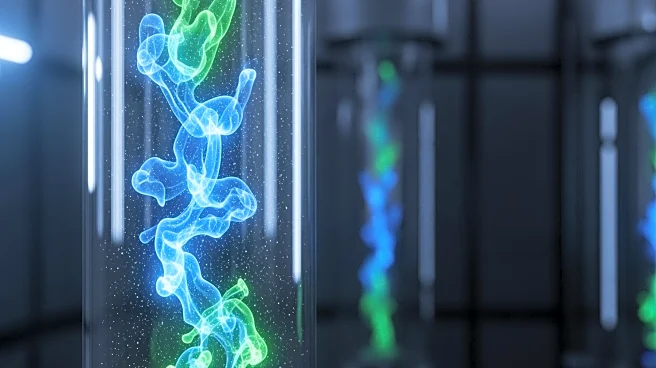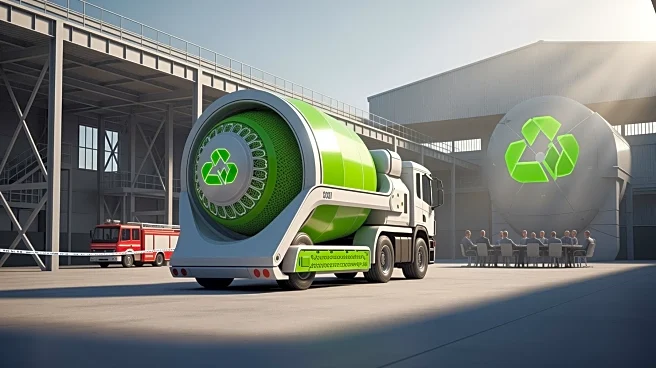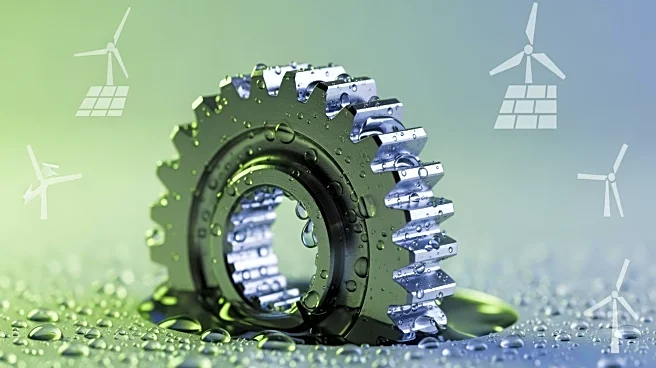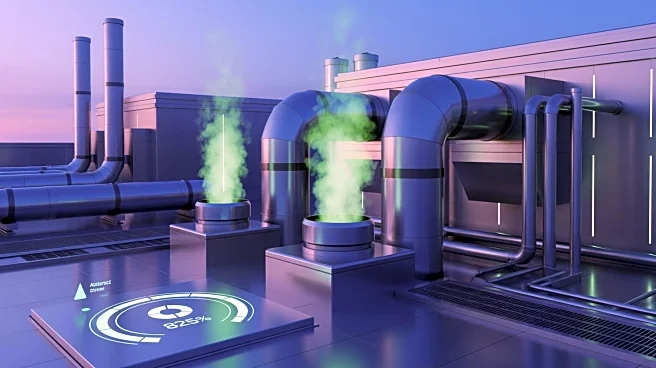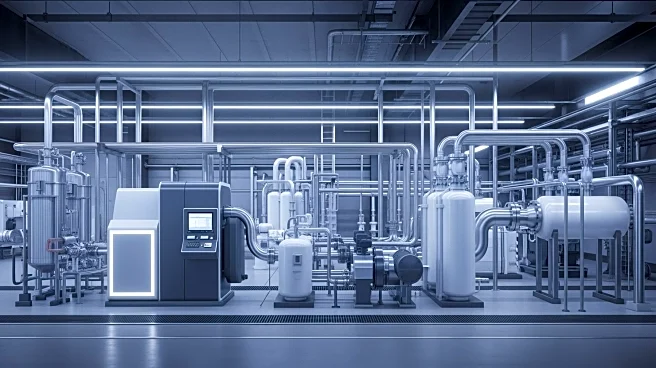What's Happening?
Researchers have developed a new carbon-capture technique called Pressure Induced Carbon Capture (PICC), which utilizes water and pressure to extract carbon dioxide from flue gases before they reach the atmosphere. This method, inspired by the fizz of
carbonated drinks, allows for the capture and compression of 99% of carbon dioxide emissions at a cost of $26 per metric ton, significantly lower than the $50 to $100 per ton typical for existing systems. The process involves cooling and compressing flue gas from coal, natural gas, or biomass combustion, which is then fed into an absorption column where cold water flows downward and high-pressure gas rises upward, maximizing contact. The dissolved carbon dioxide is then released and compressed for storage in underground formations.
Why It's Important?
The PICC method represents a significant advancement in carbon capture technology, offering a cost-effective solution to reduce emissions from major industrial sources such as power plants and steel blast furnaces. By lowering the cost of carbon capture, this technology could accelerate the adoption of carbon capture systems, contributing to global efforts to reduce greenhouse gas emissions and combat climate change. Industries that rely heavily on fossil fuels stand to benefit from this technology, as it allows them to continue operations while minimizing their environmental impact.
What's Next?
The co-inventors, Dr. Mark Holtzapple and Jonathan Feinstein, have filed patents to license the PICC technology across various industrial sectors. The next steps involve scaling up the technology for widespread adoption and integrating it into existing industrial processes. As industries push towards deep decarbonization targets, the PICC method could play a crucial role in achieving these goals. Stakeholders, including policymakers and environmental groups, may closely monitor the implementation and effectiveness of this technology.
Beyond the Headlines
The PICC method's reliance on physical absorption rather than chemical bonds presents a cleaner and simpler alternative to traditional carbon capture systems. This could lead to broader acceptance and implementation across industries, potentially influencing regulatory standards and environmental policies. The technology also highlights the importance of innovative approaches in addressing climate change, encouraging further research and development in sustainable solutions.
